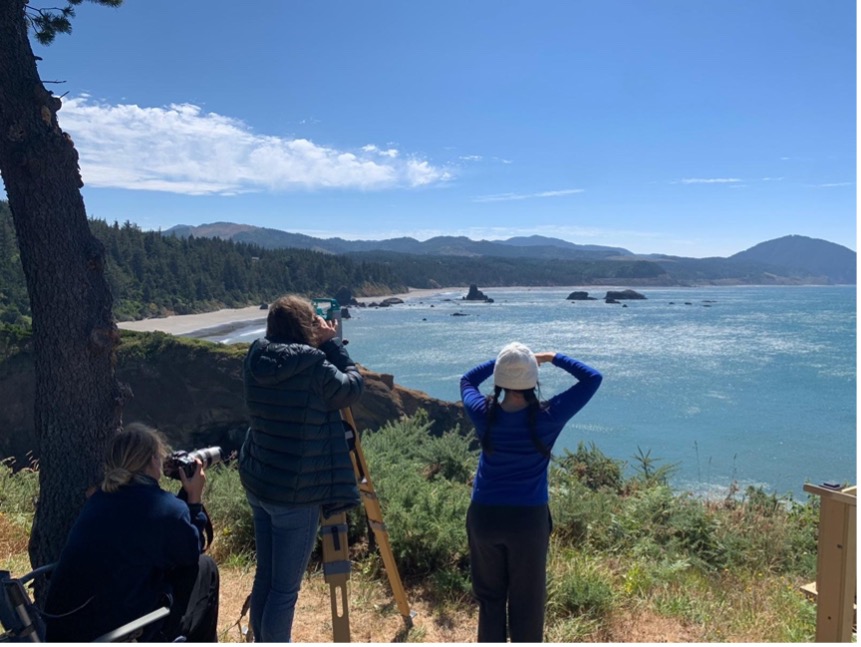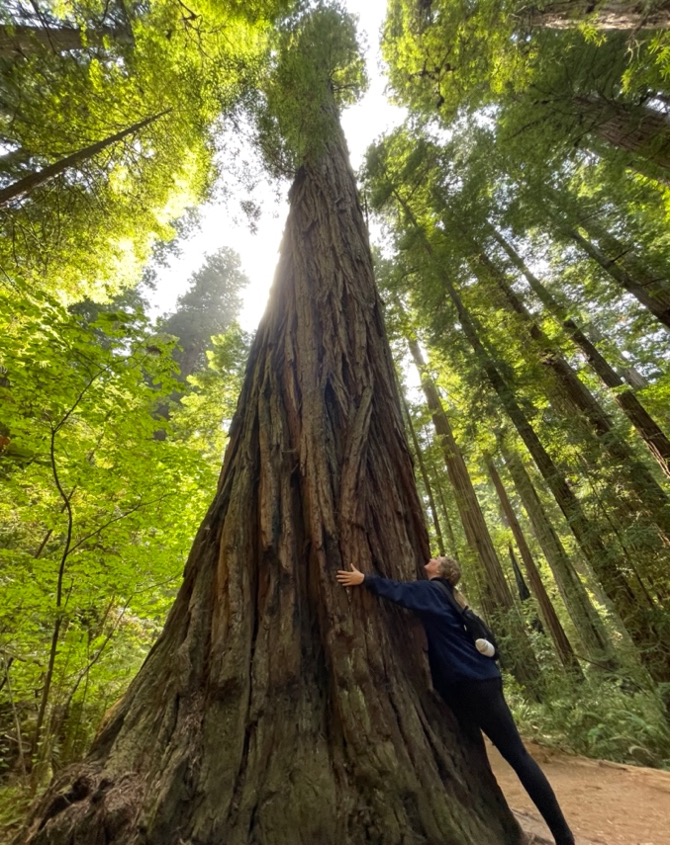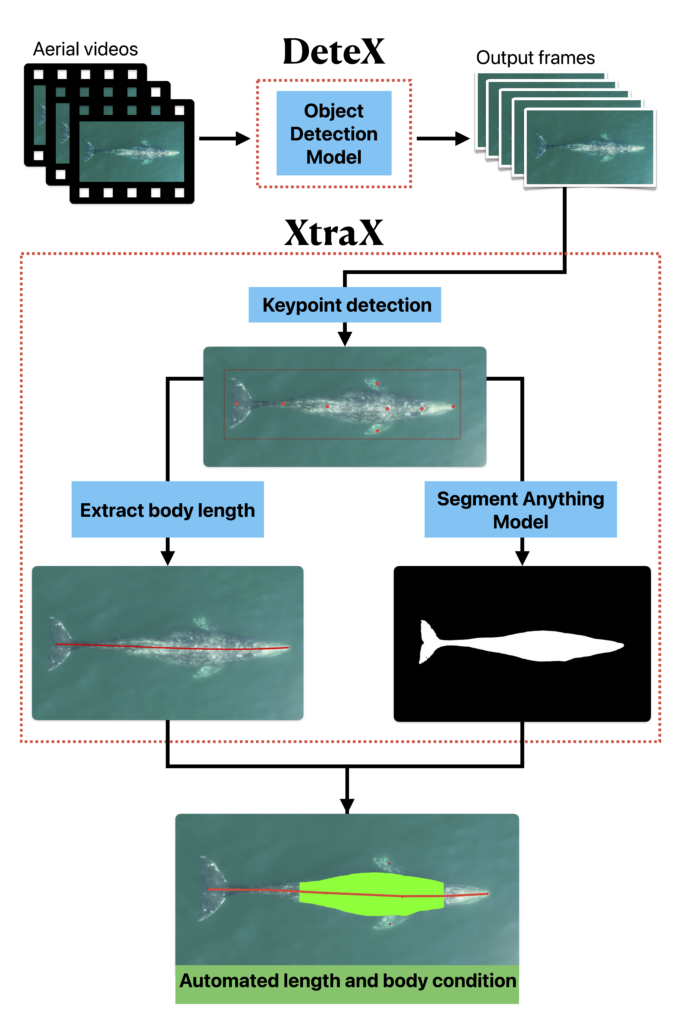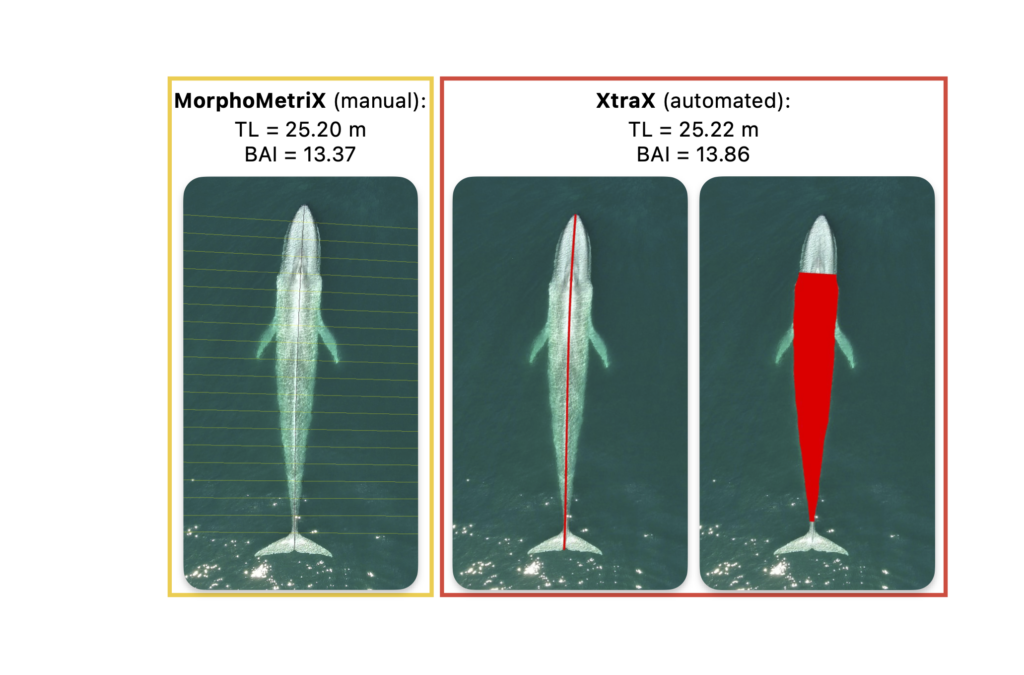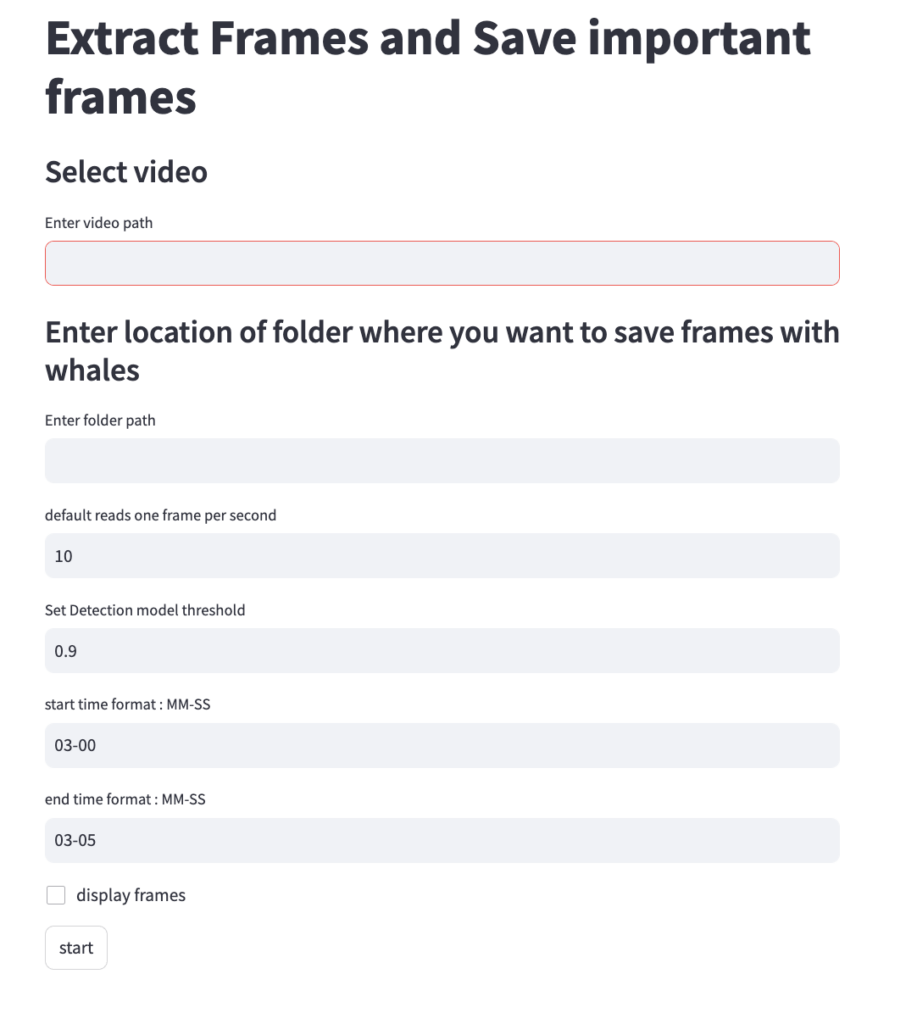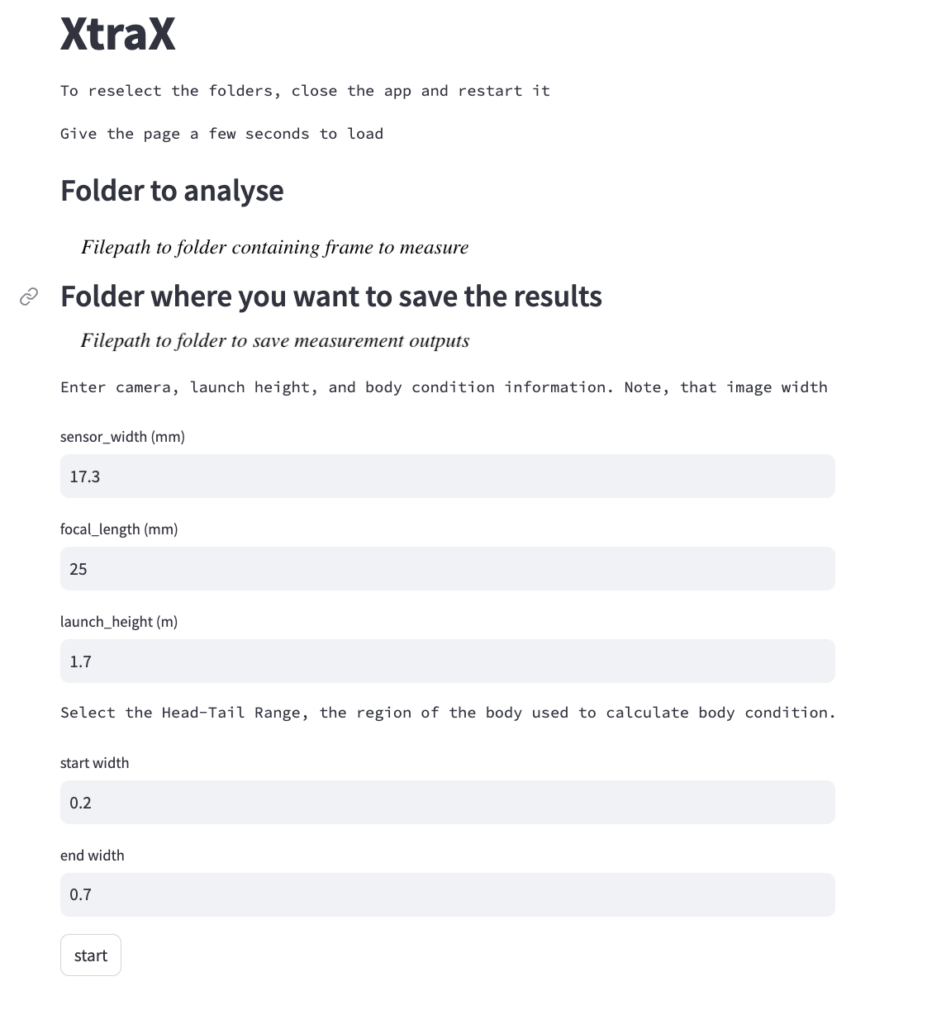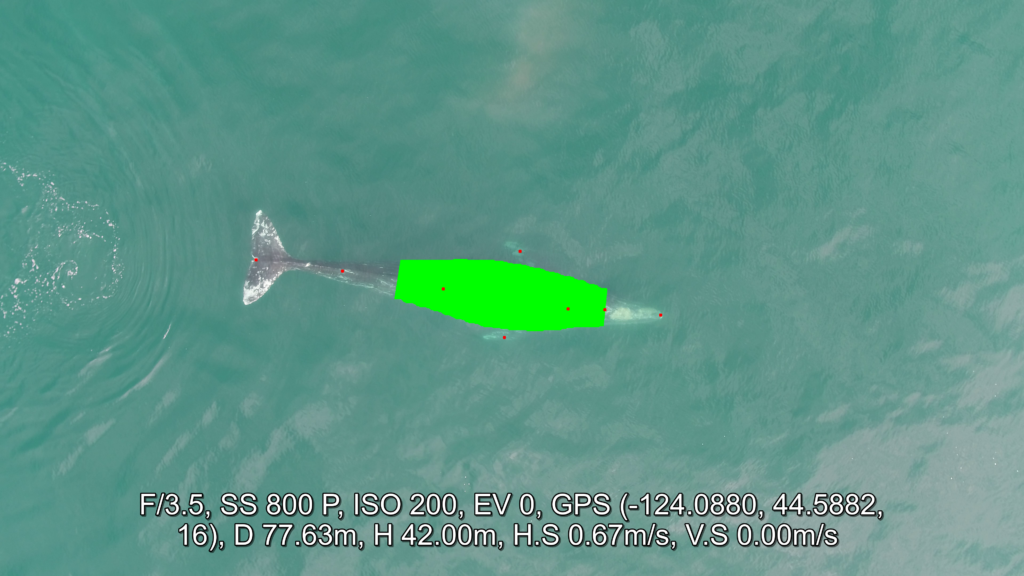Celest Sorrentino, incoming master’s student, OSU Dept of Fisheries, Wildlife and Conservation Sciences, GEMM Lab
Allison Dawn, PhD student, Clemson University Dept of Forestry and Environmental Conservation, GEMM Lab Alum
Allison:
Celest and I were co-leaders this year, so it only feels fitting to co-write our wrap-up blog for the 2024 field season.
This was my first year training the project leader while also leading the field team. I have to say that I think I learned as much as Celest did throughout this process! This hand-off process requires the two team leaders to get comfortable wearing two different hats. For me, I not only made sure the whole team grasped every aspect of the project within the two training weeks, but also ensured Celest knew the reasoning behind those decisions AND got to exercise her own muscles in decision making according to the many moving parts that comprise a field season: shifts in weather, team needs, and of course the dynamics of shared space at a field site with many other teams. With the limited hours of any given day, this is no small task for either of us, and requires foresight to know where to fit these opportunities for the leader-in-training during our day-to-day tasks.
During this summer, I certainly gained even more respect for how Lisa Hildebrand juggled “Team Heck Yeah” in 2021 while she trained me as leader. Lisa made sure to take me aside in the afternoon to let me in on her thought process before the next days work. I brought this model forward for Team Protein this year, with the added bonus that Celest and I got to room together. By the end of the day, our brains would be buzzing with final thoughts, concerns, and excitement. I will treasure many memories from this season, including the memory of our end-of-day debriefs before bed. Overall, it was an incredibly special process to slowly pass the reins to Celest. I leave this project knowing it is ready for its new era, as Celest is full of positive energy, enthusiasm, and most importantly, just as much passion for this project as the preceding leaders.

Fig. 1: Two leaders wearing two (massive) hats. Field season means you have to be adaptable, flexible, and make the most out of any situation, including sometimes having to move your own bed! We had a blast using our muscles for this; we are Team Protein after all!
Celest:
As I sit down in the field station classroom to write this blog, I realize I am sitting in the same seat where just 12 hours ago a room full of community members laughed and divided delicious blueberry crumble with each other.
We kicked the morning of our final day together off with a Team Protein high powered breakfast in Bandon to have some delicious fuel and let the giggles all out before our presentation. When Dr. Torres arrived, the team got a chance to reflect on the field season and share ideas for next season. Finally, the moment we had all been waiting for: at 5 PM Team Protein wrapped up our 2024 field station with our traditional Community Presentation.

Fig 2: Team breakfast at SunnySide Cafe in Bandon, which have delicious GF/DF options.
Within a month and a half, I transitioned from learning alongside each of the interns at the start of the season knowing only the basics of TOPAZ/JASPER, to eventually leading the team for the final stretch. The learning spurts were quite rapid and challenging, but I attribute my gained confidence to observing Allison lead. To say I have learned from Allison only the nitty-gritty whats and whys of TOPAZ/JASPER would not suffice, as in truth I observed the qualities needed to empower a team for 6 weeks. I have truly admired the genuine magnetic connection she established with each intern, and I hope to bring forth the same in future seasons to come.
Witnessing each intern (myself included!) begin the season completely new, to now explaining the significance of each task with ease to the very end was unlike any other. Presenting our field season recap to the Port Orford Community side-by-side with Sophia, Eden, Oceana, and Allison provided an incredible sense of pride and I am thrilled for the second TOPAZ/JASPER Decadel party in 2034 when we can uncover where this internship has taken us all.
…Until next season (:

Fig 3: Team Protein all together at the start of season all together.

Fig 4: Team Protein all smiles after wrapping up the season with the Community Presentation.

Fig 4: Our season by numbers for the 2024 TOPAZ/JASPER season!


